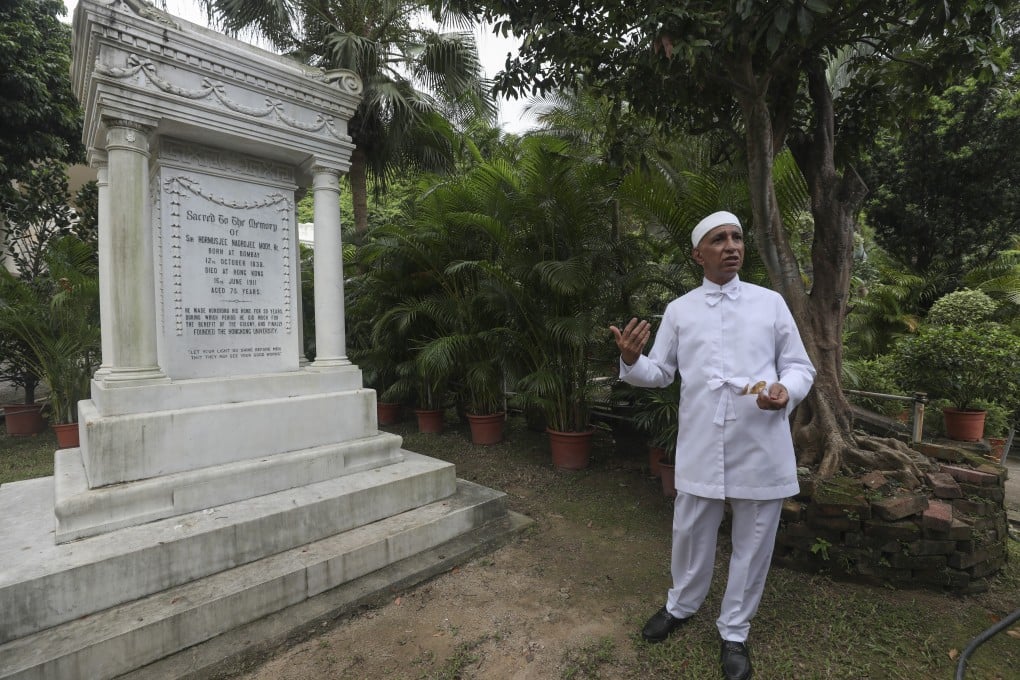Parsis in Hong Kong: what’s the secret behind their growing population?
Even as their numbers decline elsewhere, Parsis are thriving in Hong Kong, a city their forebears helped build – think the University of Hong Kong, the Jockey Club, and the Star Ferry

Twelve years ago, Homyar Nasirabadwala was working as an accountant in his hometown of Mumbai, India, when he came across a job advert in a Parsi magazine seeking a full-time dasturji, a Zoroastrian priest. Already ordained in doctrines dating back to antediluvian Persia that influenced essential principles of Judaism and Christianity, Nasirabadwala figured it might be time for a change, so after 11 years of number-crunching service at Shapoorji Pallonji & Co, he applied online.
There was just one catch, the posting was not at the Wadia Atash Behram, the fire temple on Princess Street, near Nasirabadwala’s home in Malabar Hill, an affluent Mumbai neighbourhood in the shadow of the Parsis’ most well-known monument, the Tower of Silence. It was 4,300km away, in Hong Kong.
“I wanted to give back to my community,” says 65-year-old Nasirabadwala, tending to a fire inside the prayer hall of the Zoroastrian Building at 101 Leighton Road, in Causeway Bay, “so I took early retirement and packed my bags. This has been the best decade of my life.”
The aroma of burning sandalwood fills the spacious, rectangular room on the fifth floor of the building. At the far end on the left, a glass panel is etched with an image of Zoroaster, the founder of Zoroastrianism. Opposite this, on the far right, a large portrait of Parsi businessman Jamsetjee Jeejeebhoy covers most of the back wall.

Nasirabadwala places a piece of sandalwood on the flame burning in the afarganyu, a traditional silver chalice-shaped vessel that holds the fire representing purity, the light of God and an illuminated mind. This Hong Kong fire has been burning since 1993, when the 22-storey building, formerly a modest three, opened its doors on March 21 of that year, on Navroze, the Parsi New Year.
Once he got the job, there was an additional requirement: the priest had to be comfortable conducting religious ceremonies for a “progressive community”, blessing interfaith marriages, as well as performing the Parsi initiation ceremony, the Navjote, for children of interfaith marriages.
